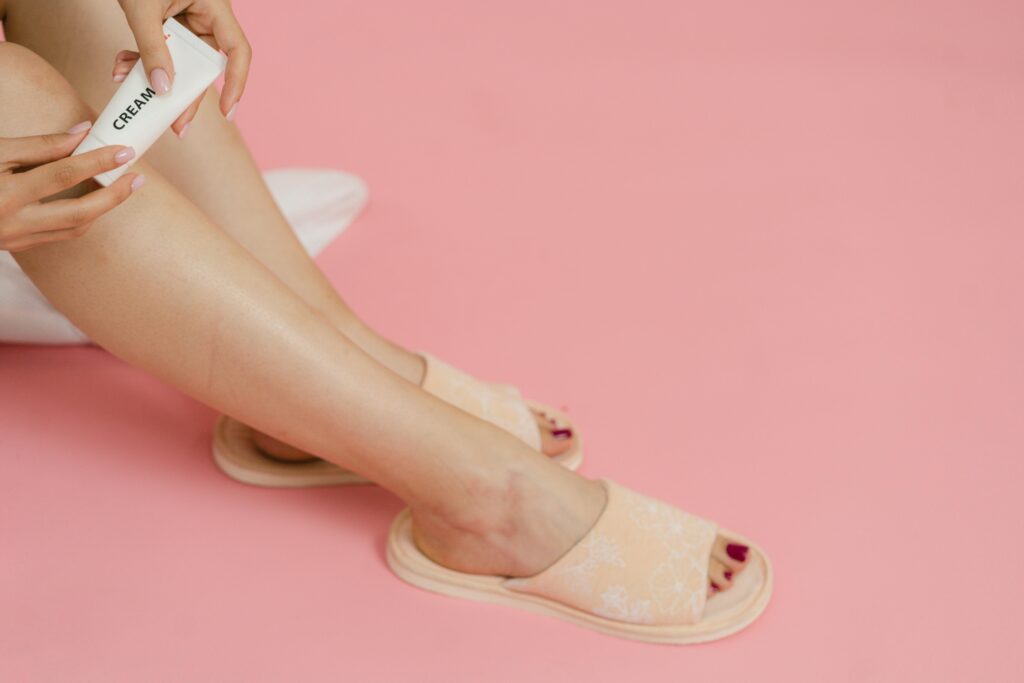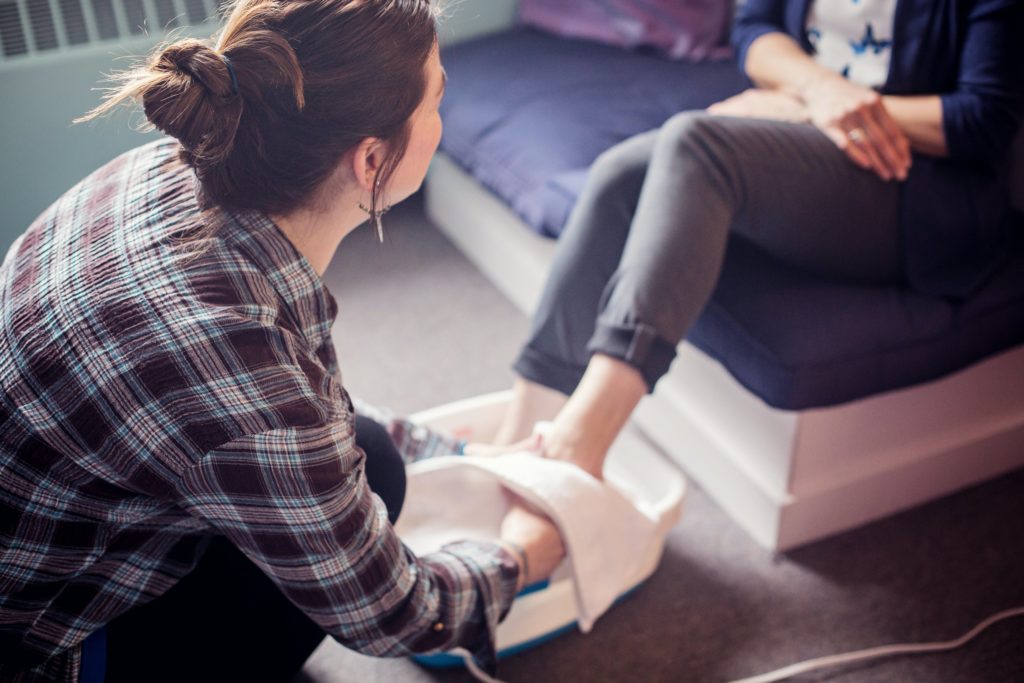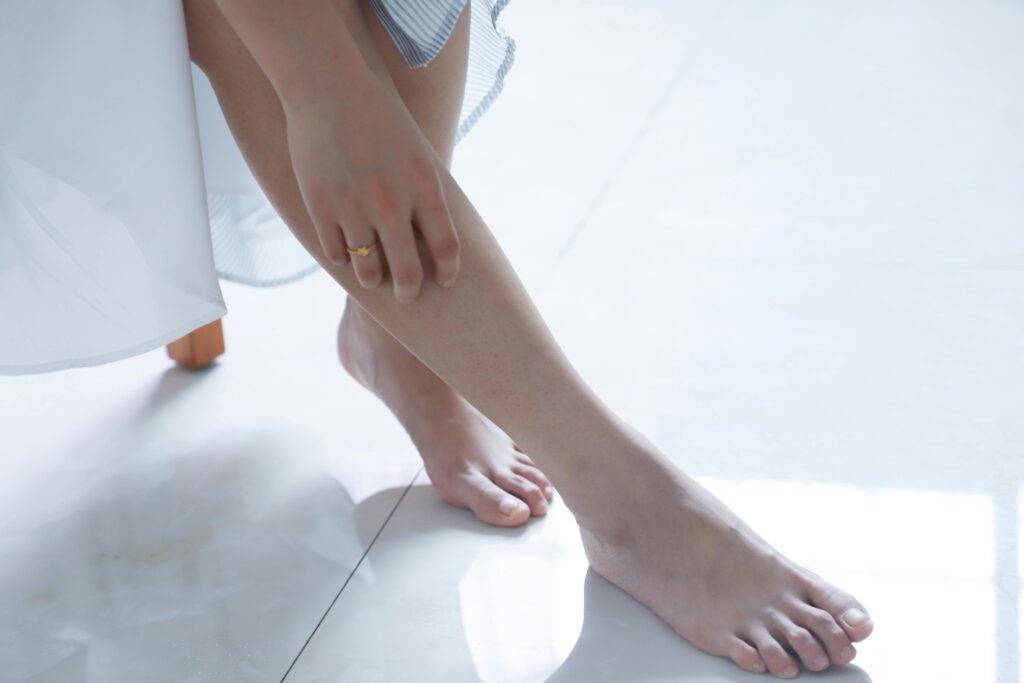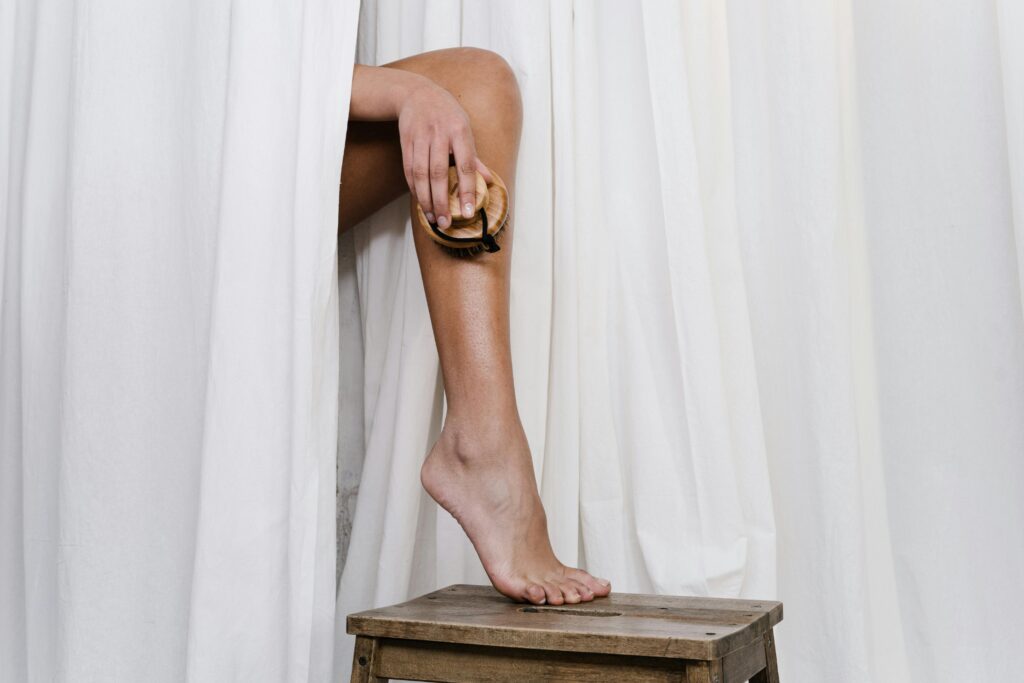Cracked heels are not just unsightly; they can be painful and uncomfortable. When the skin on your heels becomes dry and thick, it can crack, leaving you with soreness and even bleeding in severe cases. Foot creams formulated specifically for cracked heels offer relief by moisturizing and nourishing the skin, helping to heal and prevent future cracking. In this article, we’ll explore the benefits of using foot creams for cracked heels and why they should be a staple in your skincare routine.
Key Benefits of Foot Creams for Cracked Heels
1. Deep Moisturization
Foot creams are formulated with rich, emollient ingredients that deeply hydrate the skin. Cracked heels often occur due to severe dryness, so foot creams help by restoring lost moisture. Ingredients like shea butter, urea, and glycerin penetrate deep into the skin layers, providing lasting hydration that regular lotions may not offer.
2. Softens Thickened Skin
The skin on the heels can become thick and hard over time, especially if you walk barefoot or wear shoes that expose your feet. Foot creams work to soften this tough skin, making it more pliable and less prone to cracking. By regularly applying a foot cream, you can maintain soft, smooth heels.
3. Prevents Infection
Cracked heels can become an entry point for bacteria and other pathogens, leading to infections. Foot creams contain healing and protective ingredients, like antibacterial agents, that help prevent infections from developing. Keeping the cracks moisturized also prevents them from deepening, further reducing the risk of infections.
4. Speeds Up Healing
Healing cracked heels requires consistent care and nourishment. Foot creams speed up the healing process by providing the skin with essential nutrients like vitamins E and C, which support skin regeneration. The emollients in these creams form a protective barrier on the skin’s surface, allowing the cracks to heal without being further irritated by daily activities.
5. Reduces Pain and Discomfort
Cracked heels can be painful, especially when walking or standing for extended periods. The discomfort stems from the skin’s inability to stretch properly due to dryness and cracks. Foot creams alleviate this pain by improving the skin’s elasticity, making it easier to move without discomfort. Regular application ensures the heels stay hydrated, reducing the likelihood of further cracking.
6. Provides a Barrier Against External Factors
Foot creams create a protective layer over the heels, shielding them from environmental factors like cold weather, dust, and friction from shoes. This barrier helps maintain moisture in the skin, preventing dryness and cracking even when exposed to harsh conditions. It’s especially useful during colder months when the air is dry and skin is more prone to cracking.
7. Promotes Overall Foot Health
Regularly using foot creams as part of your self-care routine ensures that your feet stay healthy. Well-moisturized feet are less likely to develop other issues like calluses, corns, or fungal infections. The improved skin texture and hydration also enhance the appearance of your feet, making them look smooth and cared for.
How to Apply Foot Cream for Best Results
For the best results, applying foot cream properly is crucial. Here’s a simple guide to maximize the effectiveness:
- Cleanse your feet: Wash your feet with warm water and mild soap to remove dirt and dead skin cells.
- Exfoliate if necessary: If your heels are extremely dry or thick, gently exfoliate them with a pumice stone to remove dead skin.
- Apply the cream: After drying your feet thoroughly, apply a generous amount of foot cream to your heels, massaging it in for a few minutes to ensure it’s absorbed deeply.
- Wear socks: To lock in moisture, put on a pair of cotton socks after applying the cream. This helps the cream penetrate better and prevents it from rubbing off on surfaces.
For severely cracked heels, applying the cream at night and covering your feet with socks can help with deeper moisturization.
Conclusion
Foot creams are an effective solution for healing cracked heels and preventing future problems. By moisturizing, softening thick skin, and promoting healing, these creams can significantly improve the health and appearance of your feet. Using a quality foot cream into your routine will not only make your feet feel better but also protect them from pain and infections. Take care of your heels, and they’ll take care of you.
FAQs
1. How often should I use foot cream for cracked heels?
It’s best to use foot cream daily, preferably after a shower or before bed. If your heels are severely cracked, you may need to apply it twice a day.
2. Can foot cream completely heal deep cracks in the heels?
Foot cream can significantly improve the condition of cracked heels and promote healing. However, if the cracks are deep, it may take time, and you should use the cream consistently for the best results.
3. What ingredients should I look for in foot creams for cracked heels?
Look for creams with ingredients like urea, glycerin, shea butter, and natural oils. These ingredients deeply moisturize and soften the skin, helping to heal cracks effectively.
4. Is it safe to use foot cream if I have diabetes?
Yes, it’s safe to use foot cream if you have diabetes, but it’s essential to choose a cream that is specifically designed for diabetic feet. Consult your healthcare provider for recommendations.
5. Can I use regular body lotion instead of foot cream?
While body lotion can provide some hydration, foot creams are specifically formulated to treat the tougher, thicker skin on the heels. For best results, it’s better to use a dedicated foot cream for cracked heels.



